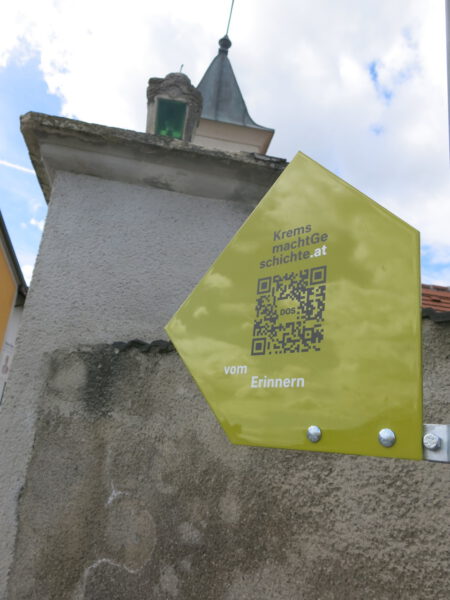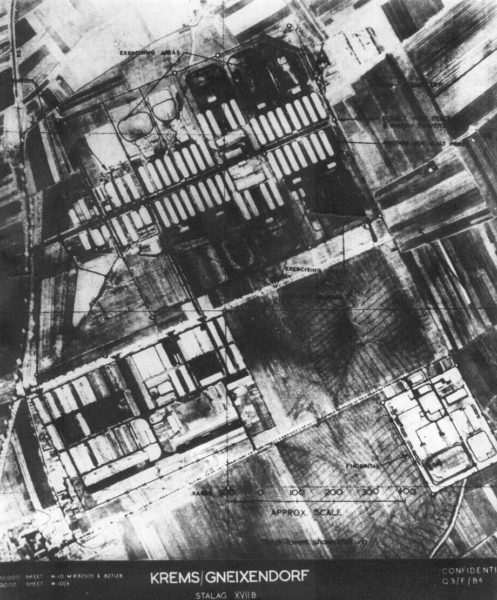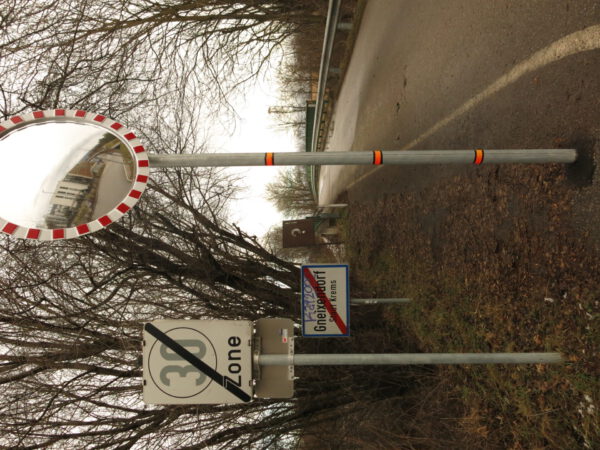STALAG XVII B Krems-Gneixendorf was built in October 1939 as one of the largest prisoner of war camps of the “Third Reich”. Located only five kilometres from the centre of Krems, the camp held prisoners of various nationalities, at times numbering up to 66,000. They were deployed as forced labourers in numerous work detachments in agriculture and forestry, mining, heavy and light industry and in construction. As in all Nazi prison camps there was a racist hierarchy in the treatment of the people interned. For example, many more Soviet inmates died than did prisoners from France, Italy and the USA. The Soviet prisoners of war were also barred from receiving care from international aid organisations.
STALAG XVII B was liberated by the Red Army on 9 May 1945. In 1947 the Soviet administration had the bodies of 1,640 Soviet prisoners of war exhumed from the Forest Cemetery and reburied on Südtirolerplatz, in the centre of Krems. The camp huts were torn down and almost all traces removed.
In 2000 the artist Christian Gmeiner marked the corners of the former camp with four signs with “?” cutouts. Two further signs display the word “memory” in all the languages of the prisoners of war buried there.




